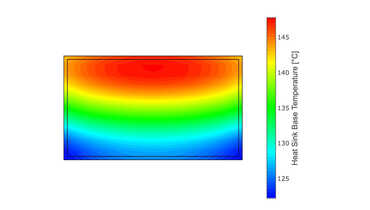At the last Mobile HCI 2013 there was a short paper by Elba del Carmen Valderrama Bahamondez, Technological University of Panama, as well as Thomas Kubitza, Niels Henze and Albrecht Schmidt from the University of Stuttgart on the topic of Analysis of Children's Handwriting on Touchscreen Phones.
At the Institute for Visualization and Interactive Systems (VIS) in Stuttgart, the question of how mobile phones can enrich teaching in so-called emerging countries was investigated. Since it is often difficult to provide paper-based assignments printed out in countries such as Panama, the idea came up to use the potential of available mobile phones in the classroom.
Effect of touch technologies on handwriting
The study investigated the effect of different touch technologies on children's handwriting. After all, drawing and handwriting play a central role, especially in primary school. Participants in the research were 18 children from the third grade and 20 children from the sixth grade.

It turned out that writing on touchscreens was slower than on paper and handwriting was harder to read. When comparing different touchscreen technologies, the capacitive screens, which were operated with a stylus, turned out to be more suitable. This is because the legibility of the handwriting was significantly better than when using resistant screens. Nevertheless, the participating third-grade children preferred the resistive screens with the thin pen over the capacitive screens used with a pen or fingers.
More information on the research report can be found on the website of the University of Stuttgart.



